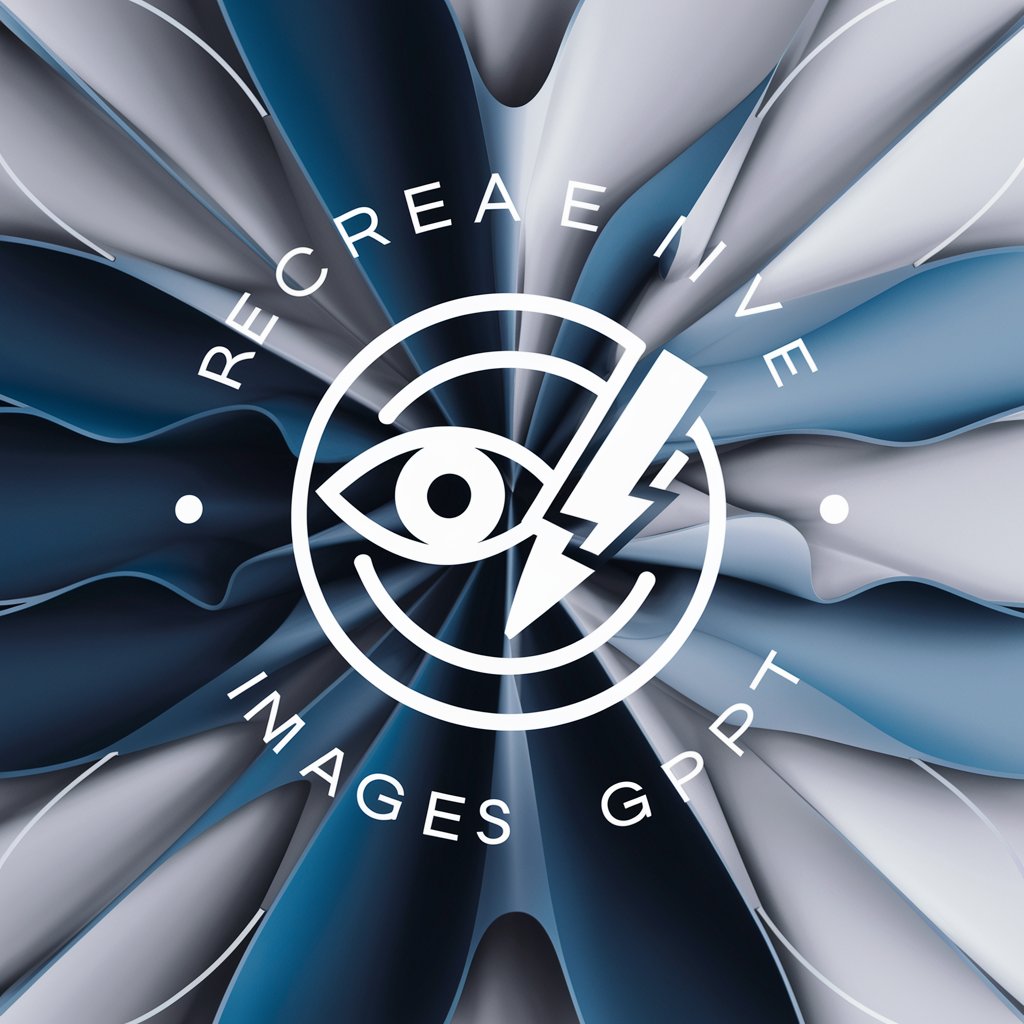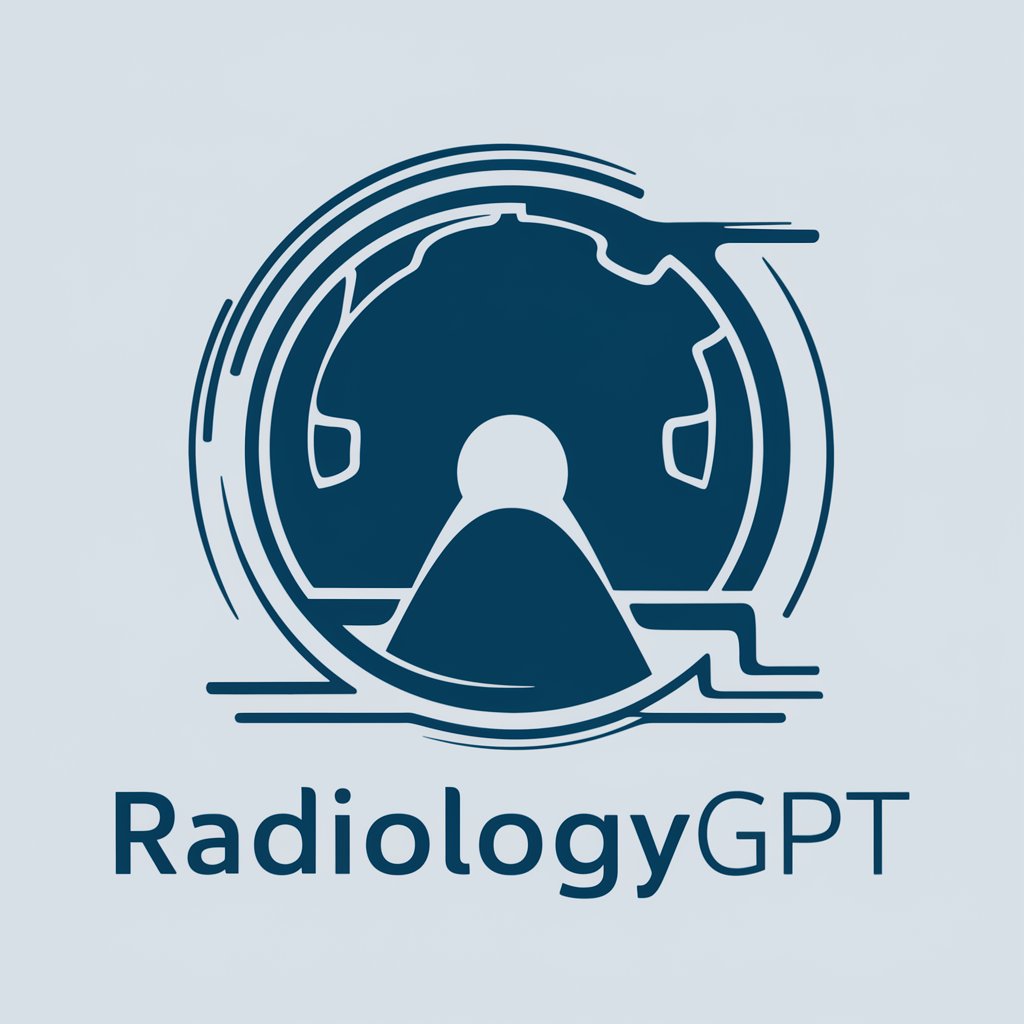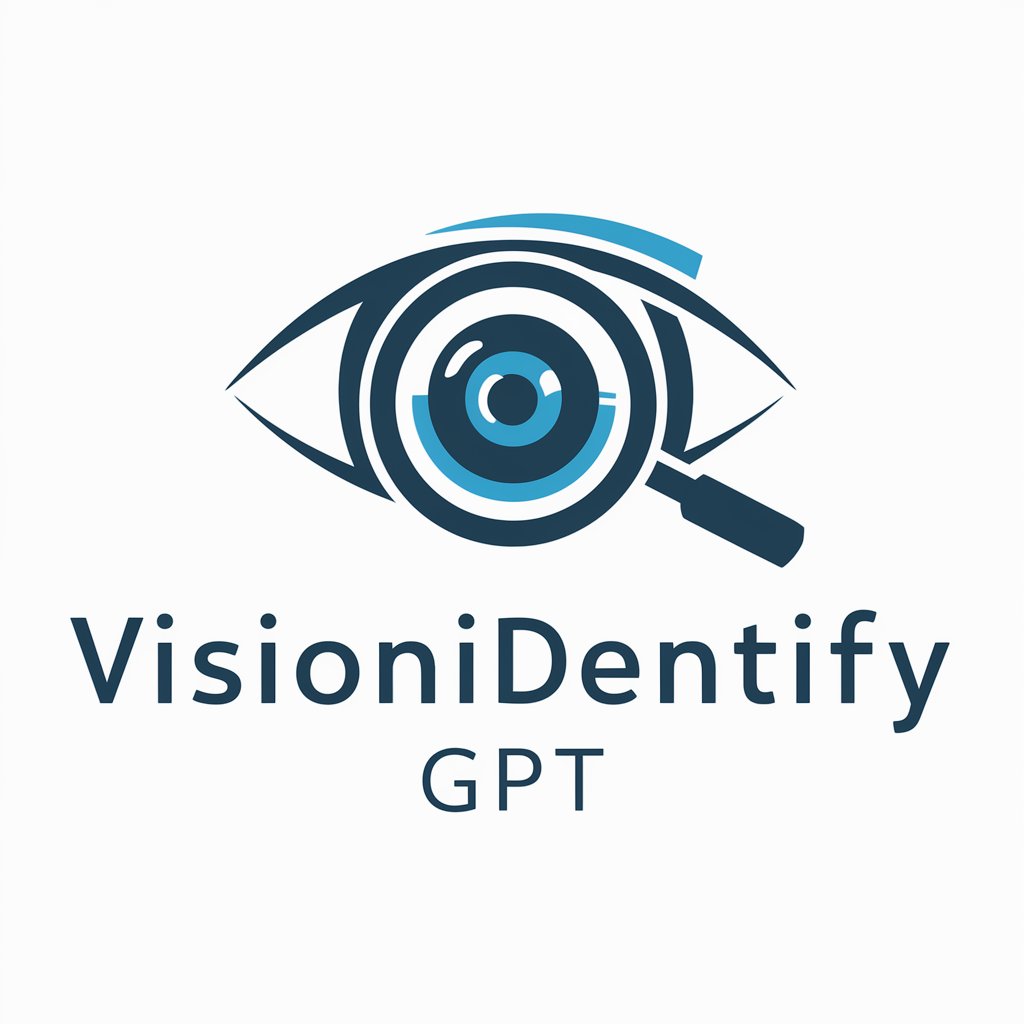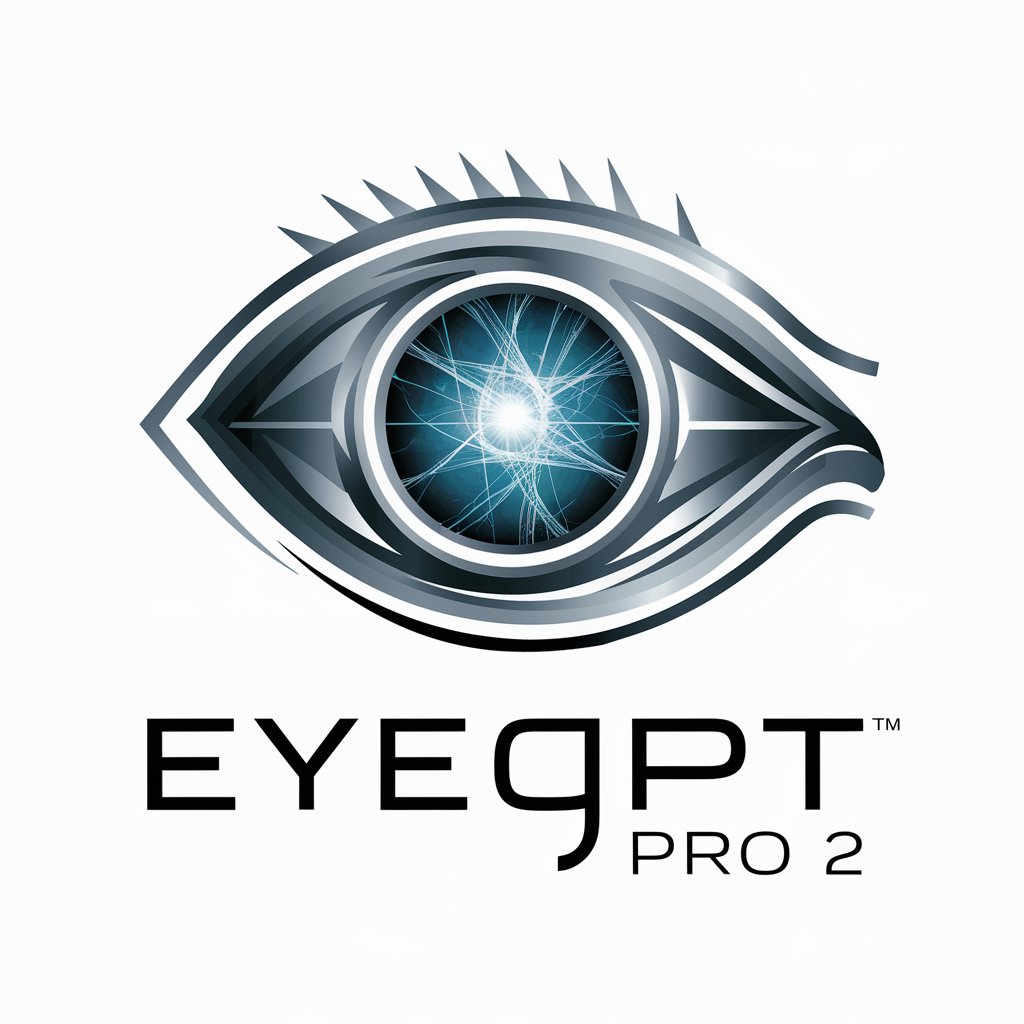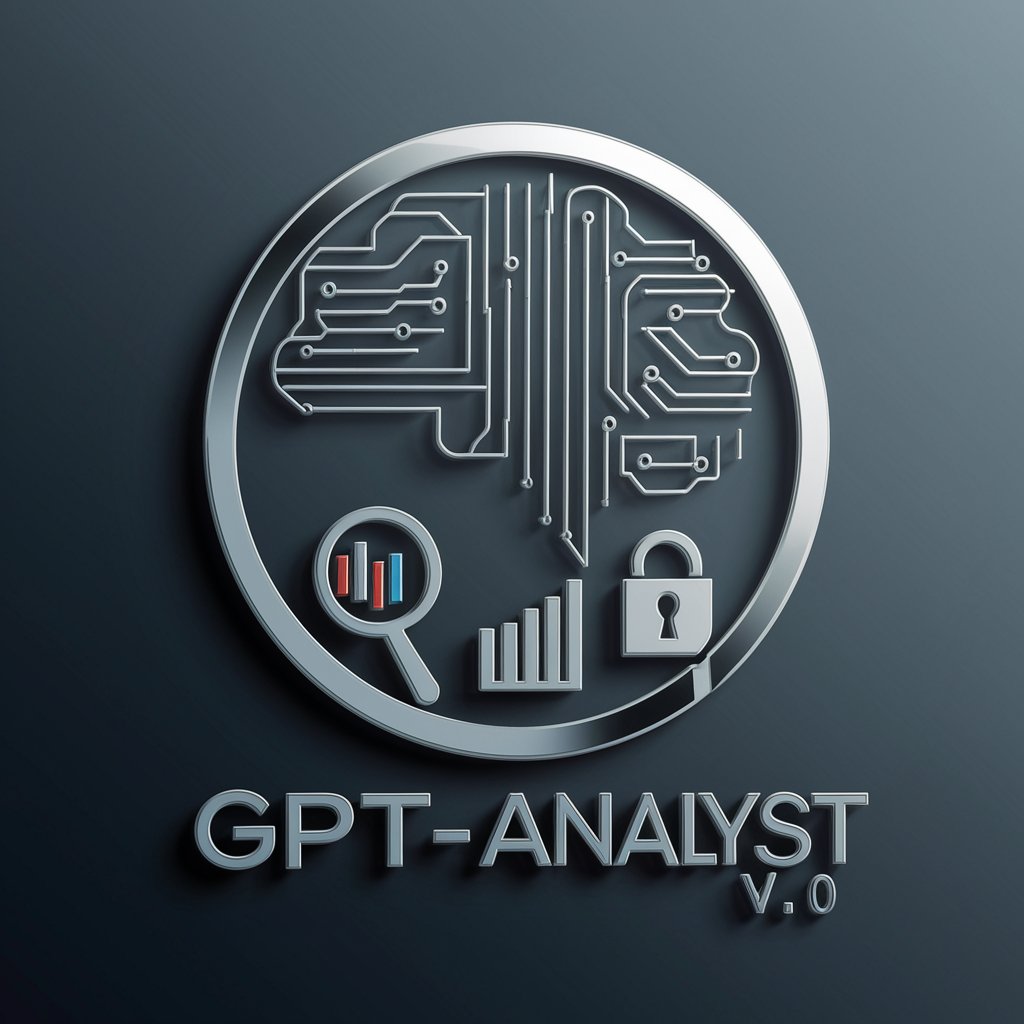
Microscope Image Analysis GPT - microscopy image analysis guide
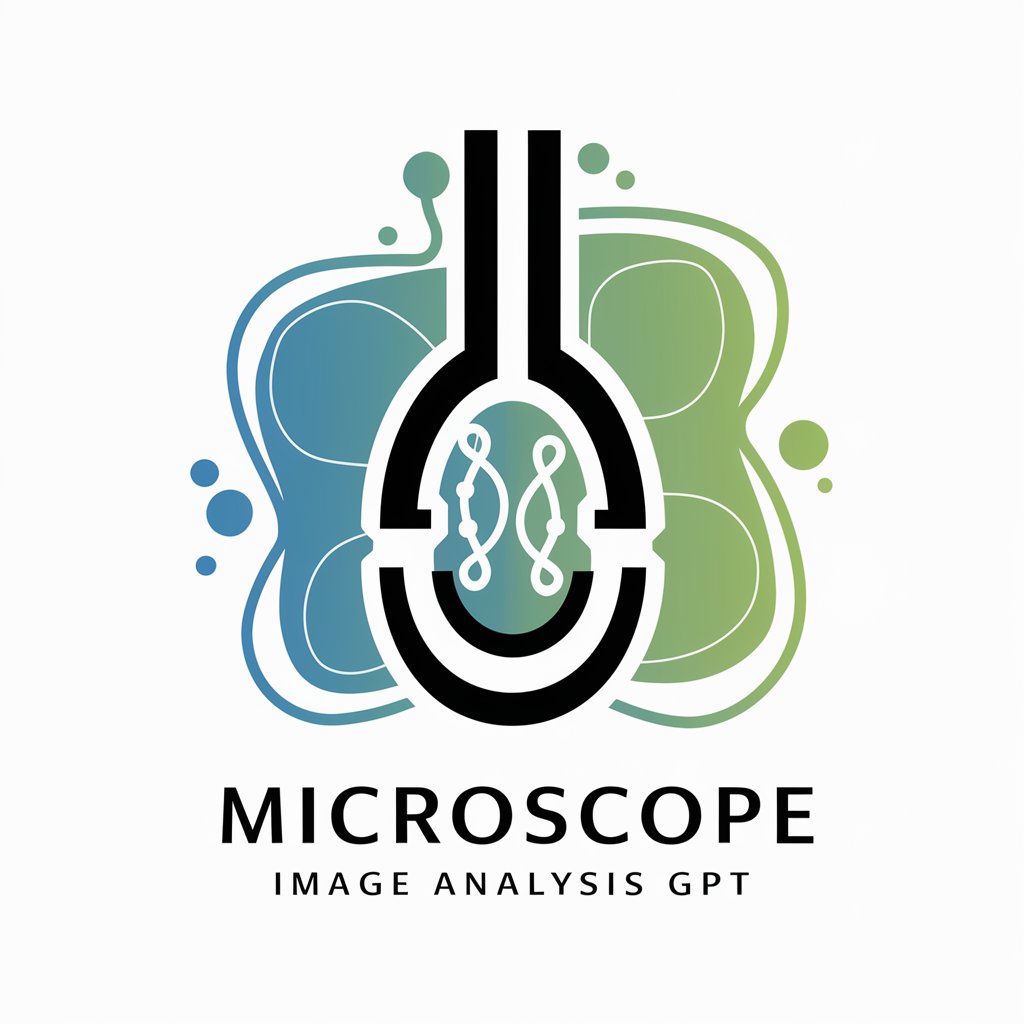
Hi there! Let's dive into bio image analysis together.
AI-powered microscopy analysis support
Analyze microscopy images using scikit-image and Python to...
Optimize your bio image analysis with tools like Cellpose and...
Troubleshoot image processing issues related to...
Enhance your spatial biology workflows by integrating...
Get Embed Code
Introduction to Microscope Image Analysis GPT
Microscope Image Analysis GPT is a specialized tool designed to assist in the field of microscopy image analysis, particularly focusing on biological imaging. This AI is equipped with capabilities in various programming libraries such as scikit-image, SimpleITK, Cellpose, Napari, Starfish, Dask, Numpy, and Pandas, which are essential for image processing, data handling, and visualization. It is programmed to help users understand and manipulate microscopic images through algorithms for segmentation, feature extraction, and image enhancement, among others. For instance, using Cellpose for cell segmentation involves the AI providing guidance on setting parameters that best fit the specific characteristics of the cell images in question. Powered by ChatGPT-4o。

Main Functions of Microscope Image Analysis GPT
Image Segmentation
Example
Segmenting cell nuclei in fluorescence microscopy images using Cellpose.
Scenario
A researcher can use guidance on optimizing Cellpose parameters to improve segmentation accuracy, leading to better identification of cellular structures in a high-throughput screening.
Image Enhancement
Example
Enhancing contrast in a brightfield microscopy image using scikit-image.
Scenario
Helping a biologist to apply adaptive histogram equalization to improve the visibility of features in a tissue sample, which aids in more accurate analysis and quantification.
Data Visualization
Example
Visualizing spatial gene expression data in tissue sections using Napari.
Scenario
Assisting a genomics researcher to integrate and visualize multiplexed imaging data, facilitating the exploration of spatial relationships between gene expression patterns and cellular morphology.
Large Data Handling
Example
Using Dask to handle large volumetric datasets from 3D confocal microscopy.
Scenario
Guiding a neuroscientist in processing and analyzing large 3D brain imaging datasets efficiently, reducing computational time and memory usage.
Ideal Users of Microscope Image Analysis GPT Services
Biomedical Researchers
Researchers working in fields like cellular biology, neuroscience, or pathology who require advanced tools for analyzing microscopy images to derive meaningful insights into biological structures and functions.
Academic Educators
Professors and teachers who need to illustrate complex biological imaging techniques and data analysis methods to students in a clear and accessible way.
Biotechnology Professionals
R&D personnel in biotech companies needing efficient tools to process and analyze image data from experiments or product development processes.

Using Microscope Image Analysis GPT
1
Visit yeschat.ai for a free trial without login, also no need for ChatGPT Plus.
2
Ensure you have a basic to intermediate understanding of Python and image analysis tools like scikit-image, SimpleITK, and Napari.
3
Clearly define your analysis goals, such as identifying specific structures, quantifying patterns, or enhancing images, to get tailored guidance.
4
Provide sample images or describe your dataset characteristics to receive personalized advice or code snippets for processing and analysis.
5
Apply the provided code, adjust parameters as needed, and refine your workflow with recommended tools or techniques for optimized analysis.
Try other advanced and practical GPTs
Code Tutor
Code smarter with AI-powered guidance
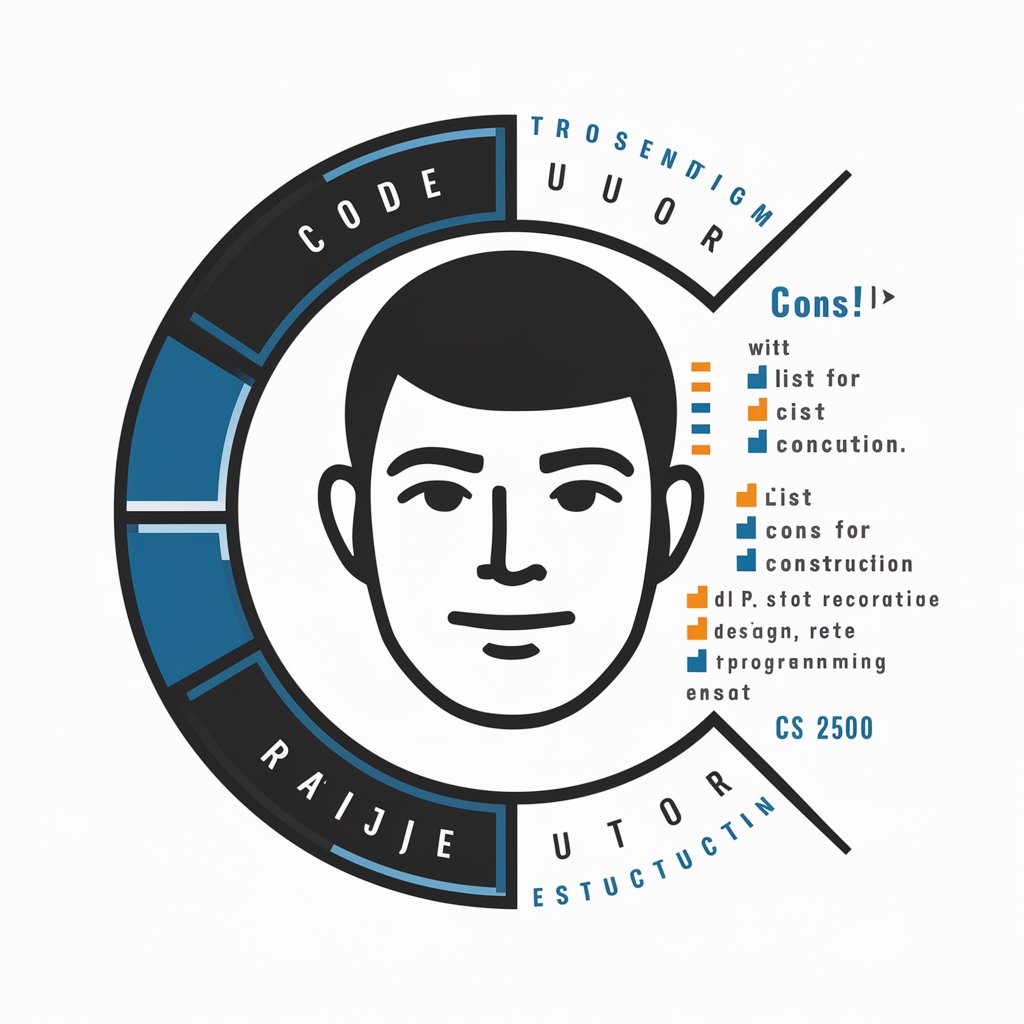
AI lain experiments
Bringing Characters to Life with AI

企業情報ストラテジスト
AI-Powered Corporate Intelligence

Code Whisperer
Your AI-Powered Programming Partner
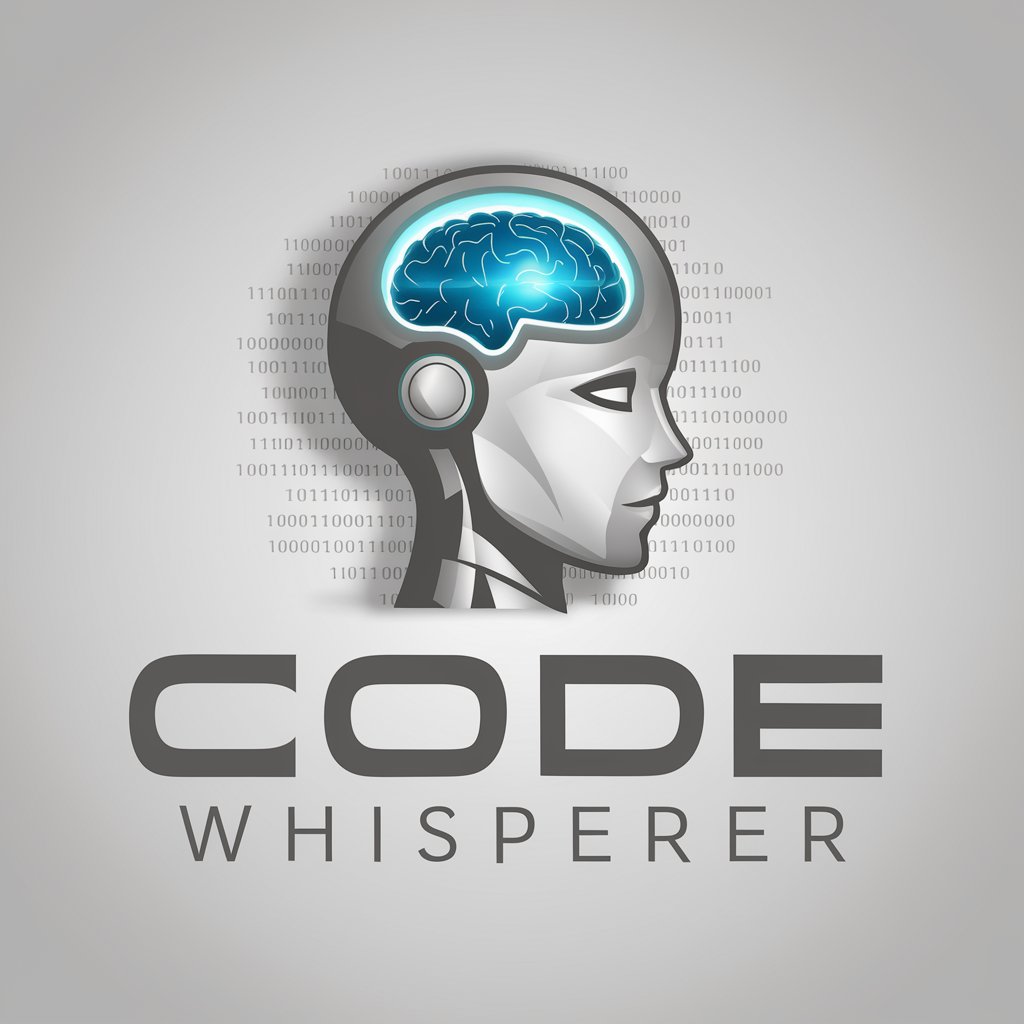
Networked Control and FOPID Stability Expert
Optimize Stability with AI-Powered Analysis
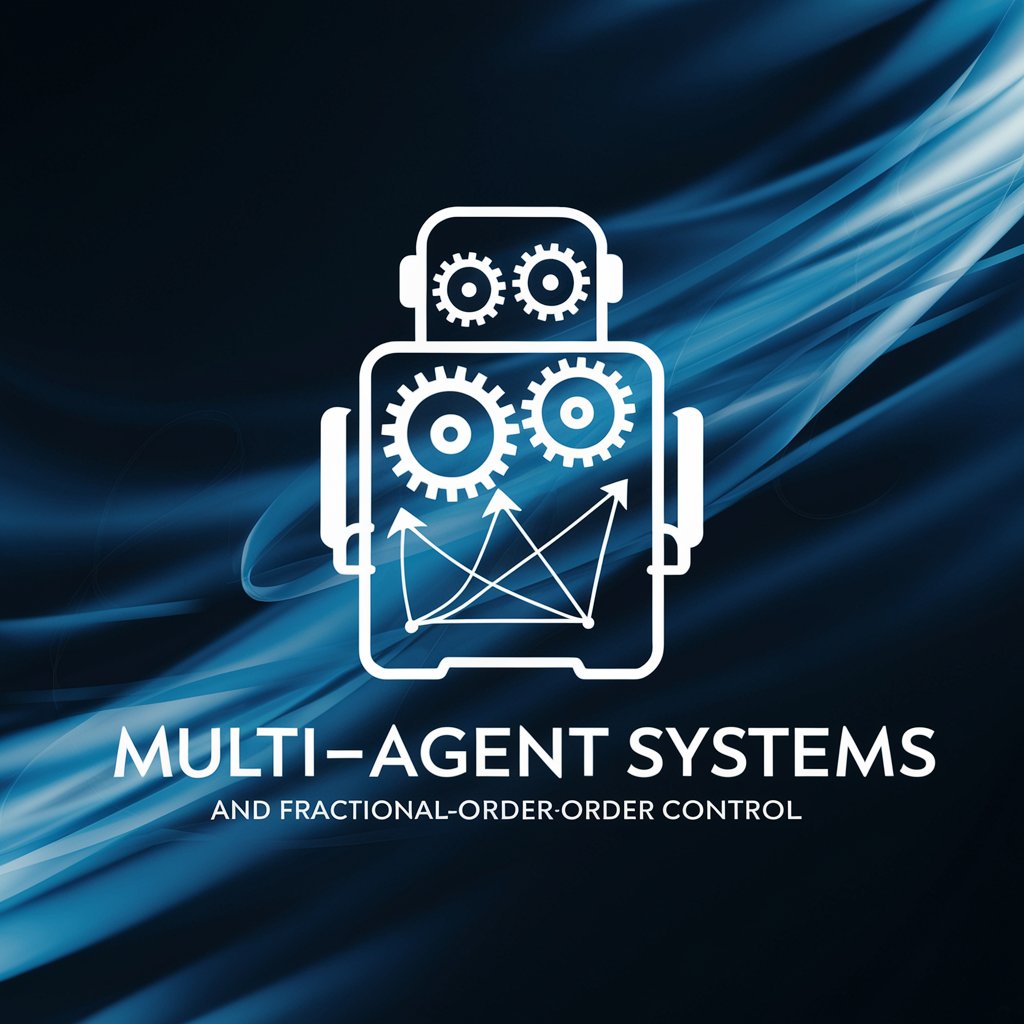
Cat memo(猫ミーム)
Unleash Creativity with AI-Powered Cat Memes

Fabric - Augmented Human
AI-powered assistant for analysis and creativity
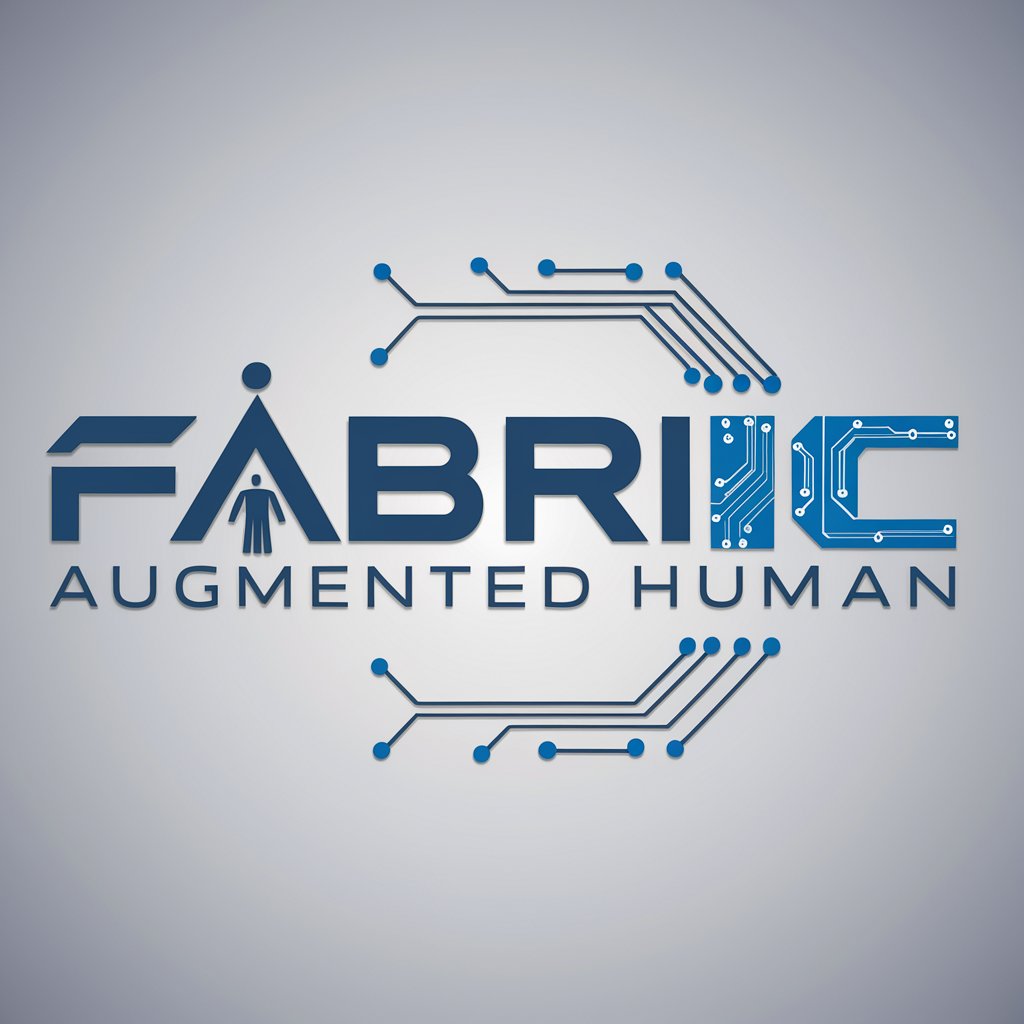
MindMeister mindmap creator for import
AI-Powered Mindmap Visualization
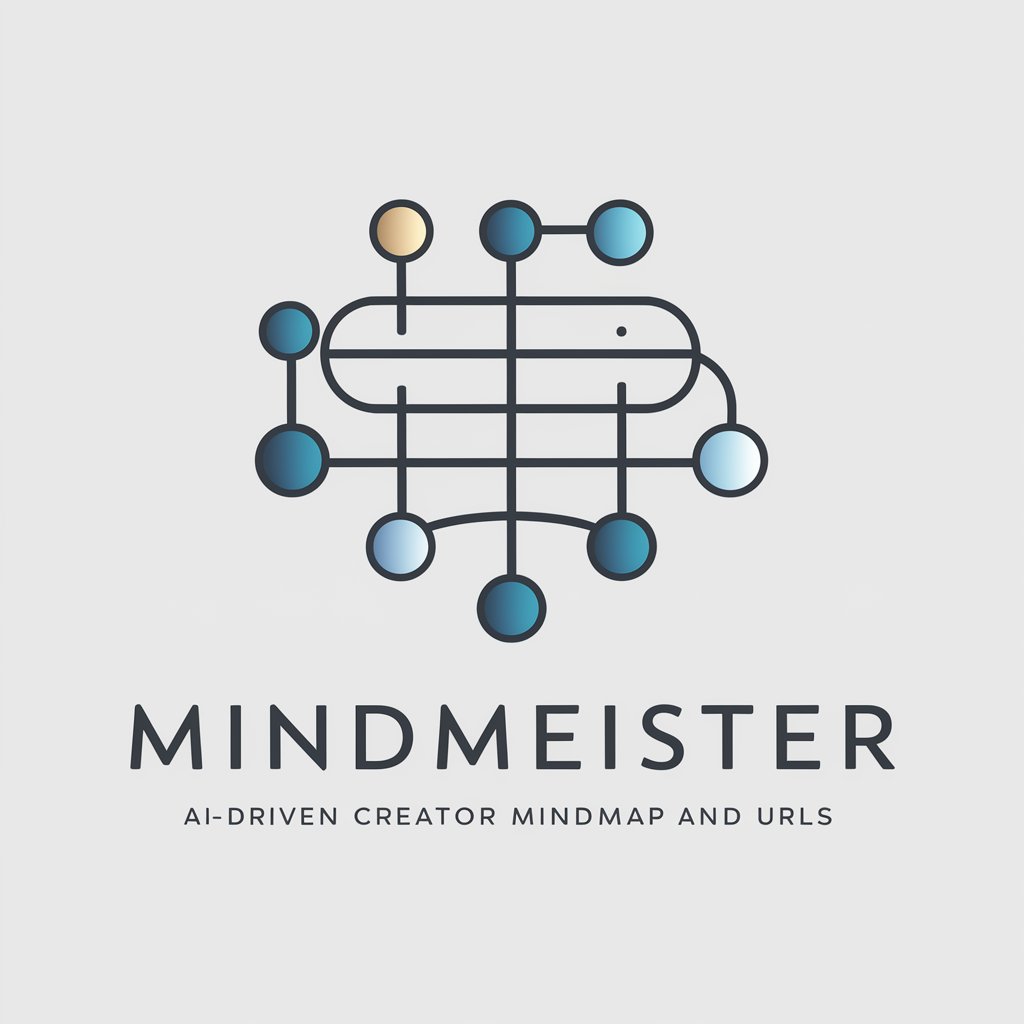
Beginner CAD
AI-driven Design Simplification

Audio to Text Converter
Your Speech, Effortlessly Transcribed

MLB Genius
AI-powered MLB Game Predictor

Your Data Insights
Insights Powered by AI, Delivered Instantly
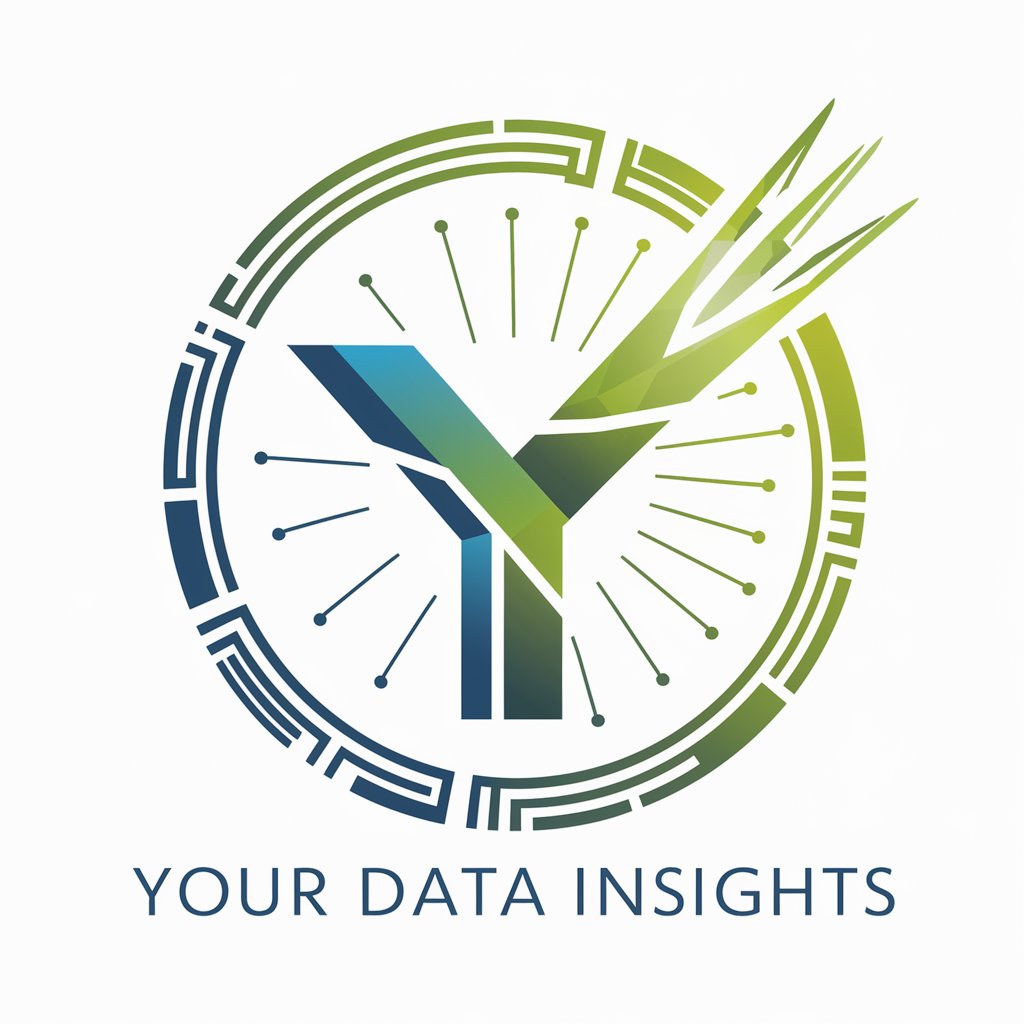
Q&A on Microscope Image Analysis GPT
How does Microscope Image Analysis GPT assist with image segmentation?
The GPT provides guidance on segmentation methods using tools like Cellpose, scikit-image, and SimpleITK. You receive code snippets and parameter suggestions tailored to your data's complexity, enabling accurate structure identification.
What types of image enhancement techniques can I apply?
Microscope Image Analysis GPT recommends denoising, contrast enhancement, and deblurring techniques, drawing on tools like OpenCV, scikit-image, and SimpleITK to help improve image clarity and detail.
How can I analyze multiplex microscopy data effectively?
The GPT guides you in using Starfish or Dask for multiplex data analysis, offering workflows and tips for handling large datasets, marker quantification, and spatial relationships.
What troubleshooting support does Microscope Image Analysis GPT offer?
It provides troubleshooting for image processing issues, such as over-segmentation or artifacts, by suggesting alternate algorithms or parameter adjustments and recommending specific Python libraries.
Does it support collaboration with other tools like Napari?
Yes, the GPT can help integrate Napari into your analysis pipeline for visualization or plugin-based processing, offering advice on using or developing plugins for advanced tasks.
